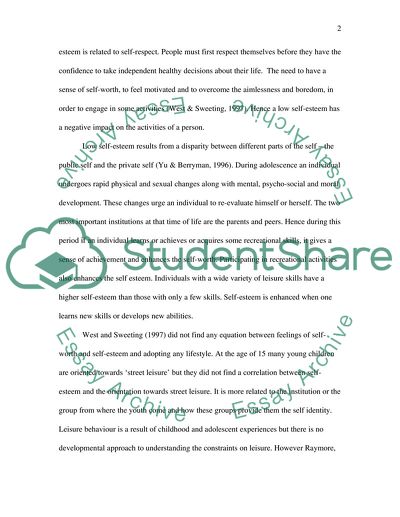Cite this document
(Self-esteem Based on Self Concept Essay Example | Topics and Well Written Essays - 1500 words, n.d.)
Self-esteem Based on Self Concept Essay Example | Topics and Well Written Essays - 1500 words. Retrieved from https://studentshare.org/psychology/1724437-essay-on-a-selected-topic
Self-esteem Based on Self Concept Essay Example | Topics and Well Written Essays - 1500 words. Retrieved from https://studentshare.org/psychology/1724437-essay-on-a-selected-topic
(Self-Esteem Based on Self Concept Essay Example | Topics and Well Written Essays - 1500 Words)
Self-Esteem Based on Self Concept Essay Example | Topics and Well Written Essays - 1500 Words. https://studentshare.org/psychology/1724437-essay-on-a-selected-topic.
Self-Esteem Based on Self Concept Essay Example | Topics and Well Written Essays - 1500 Words. https://studentshare.org/psychology/1724437-essay-on-a-selected-topic.
“Self-Esteem Based on Self Concept Essay Example | Topics and Well Written Essays - 1500 Words”, n.d. https://studentshare.org/psychology/1724437-essay-on-a-selected-topic.


